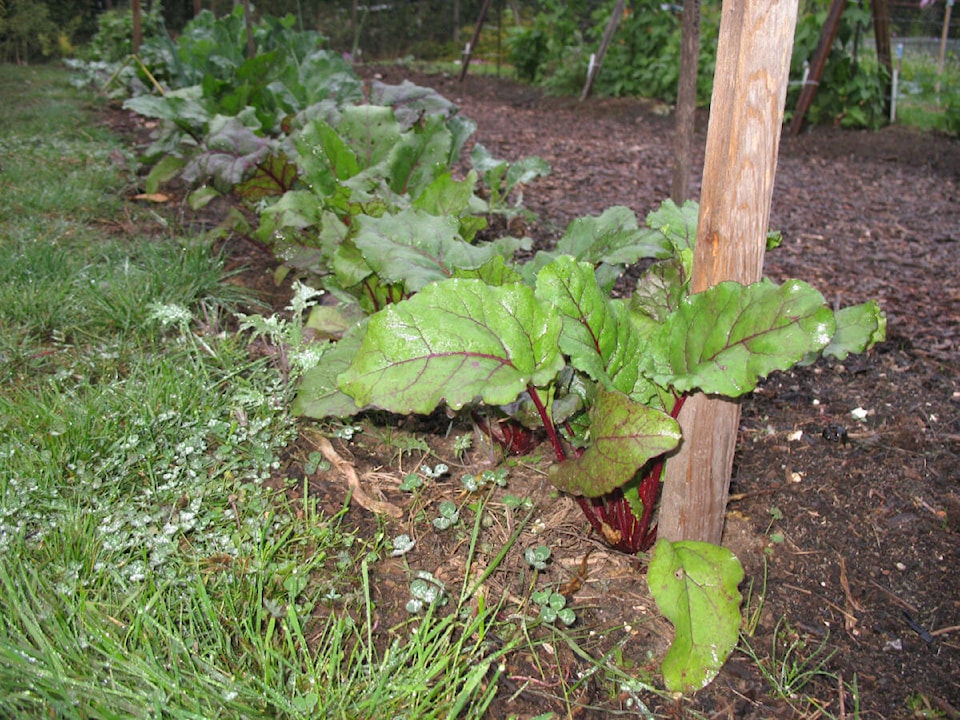By Mary Lowther
When one starts a new garden it takes time to make decent soil, so one of the first things we did was set up a compost bin.
At the time we didn’t have much choice as to where to put it, so it ended up next to crawling weeds that didn’t take long to invade our lovely collection of yard waste. We managed to salvage most of the compost but, since we’ve already used it on the beds, we’ll have to keep on top of the weeding and have moved the future heap to less infested surrounds. An experienced gardener told me years ago to plant comfrey around my compost to discourage morning glory and bindweed, so I will try that as well.
Given the hot, dry summers we have been enjoying, or perhaps enduring, the addition of good compost might be the best remedy to keep soil moist. Sir Albert Howard, considered by many to be the father of modern composting, developed a workable method during the 1920s that creates such terrific soil that today it is copied by gardeners around the world. He dug his waste into trenches to prevent the compost from overheating and losing nitrogen in India’s intense summer heat. As our summers get longer and hotter, trench composting might not be a bad idea. Sir Albert continually made compost, filling up a trench at a time, adding fresh animal manure as he went to inoculate the pile with live bacteria and enzymes. I am looking for a source of manure for my fall heap that won’t be built in a trench.
But I digress. The Howard method spreads thin layers of everything produced on the farm: spent vegetation, meal leftovers, twigs and debris. He laid hard vines on the roads to be broken down as vehicles drove over them before including them as well. Clay soil was added to the mix and everything damped down to help organisms ferment the heap.
Some gardeners spread their composting amendments directly on the soil to be broken down before they plant, a method called “sheet composting,” but since this would take the plot out of production and couldn’t be sown with cover crop I don’t do it. This summer I experimented with trench composting, digging under fish, meat and dairy scraps too and covering each addition with wire mesh and heavy stones. I still have a lot of vegetation material for a fall heap, using manure but no meat scraps, so I’m curious to see how well the trench compost method produces vegetables. Semi permanent crops like strawberries and asparagus still need compost added so the heap is a necessity here. And now it’s raining so I’m going to do the happy dance.
Please contact mary_lowther@yahoo.ca with questions and suggestions since I need all the help I can get.
